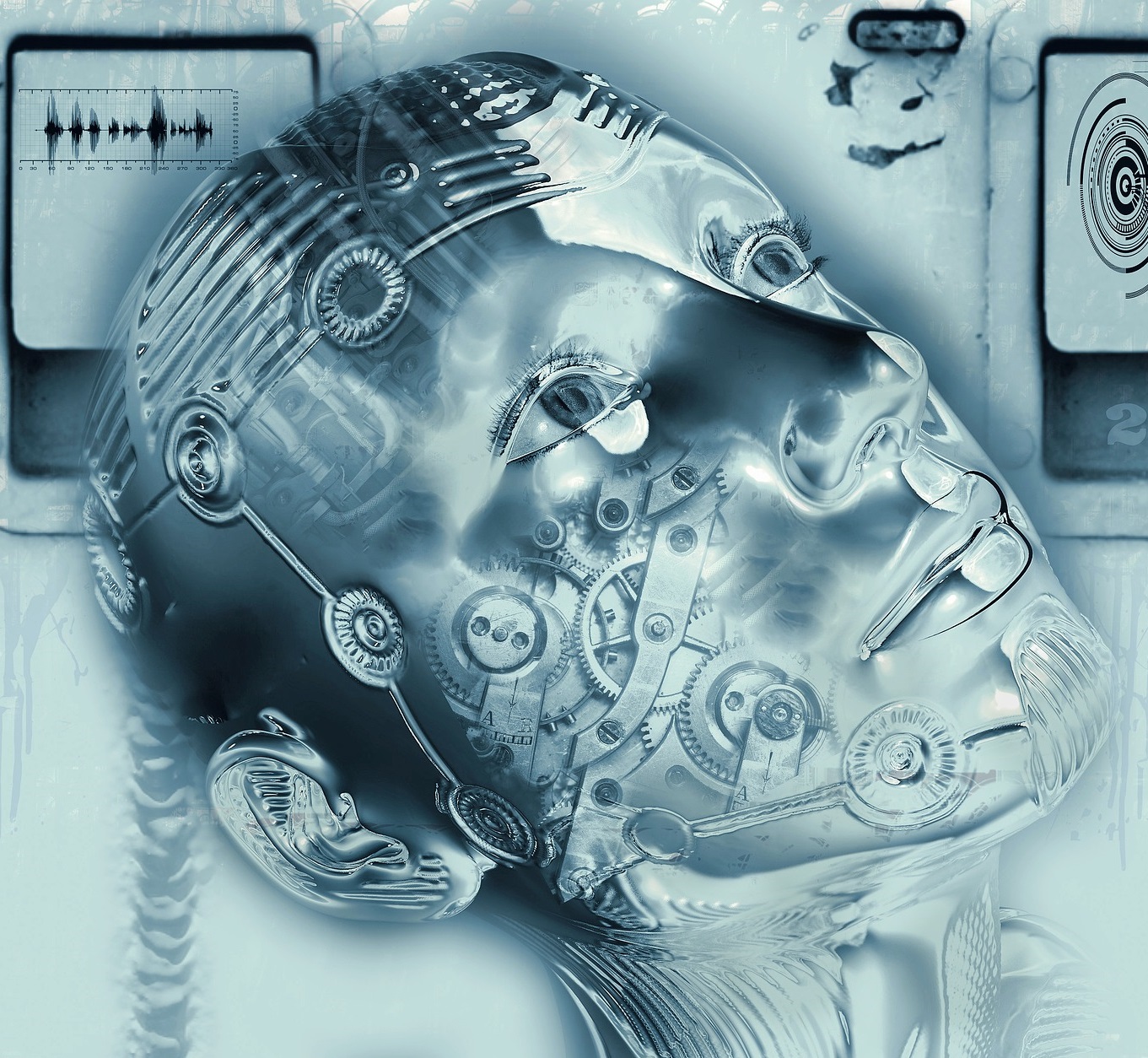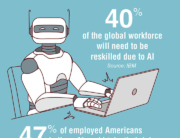Think about your boss. You may be experiencing a positive feeling due to their genuine support and encouragement — or you may have felt a tinge of frustration resulting from their controlling and authoritarian approach. So, the following news may be or may not be welcome: The role of manager (as you know them) is going the way of the dinosaur.
We are incessantly bombarded with the message that artificial intelligence (AI) and robots will soon replace as many as half of today’s existing jobs. While there is undeniably an Orwellian fear associated with the future of work, we must step back and remember that we have already relinquished control to technology in other areas of our lives. Consider transportation: virtually all of us have ridden a train with no human conductor, self-driving cars are supposedly just around the corner, and soon airplanes may not even need a captain. So, is the notion of replacing your existing manager with a digital one that hard to imagine? And if you think this is a tale about the distant future, keep in mind that Gartner predicts in 2018 more than 3 million workers globally will be supervised by a roboboss.
Operational Automation
Before we wish them a bon voyage, it may be helpful to reiterate the actual role of a manager. The basic premise of “management” in most organizations is centered around the responsibility to monitor individuals and ensure compliance with policies/procedures. This is admittedly an over-simplification that excludes many other critical obligations, but it is nonetheless an accurate portrayal of most of their daily tasks.
According to a recent study by Accenture, these administrative activities typically comprise 54% of a manager’s time. If time is money, that equates to some serious savings, especially if we can offload transactional tasks to someone (or something) else. Absent the influence of technology, the millennial generation has already begun to challenge the old-school, command-and-control form of management, in favor of new ways of engaging, enabling and empowering the workforce. These evolving social conventions, when combined with new technologies, paint a very different picture of the role of the manager in this new framework.
Examples of compliance that most managers are asked to monitor: Trach whether employees show up on time, work at least one weekend shift, or take that training course on sexual harassment (certainly a larger point of emphasis these days)? This concept of “management by exception” is hardly new, but technology allows it to be automated the same way that vital-sign monitoring devices are used in healthcare. There is no need for nurses to hover over patients constantly when they can instead be alerted when a patient exhibits characteristics outside predefined parameters. Systems that proactively audit digital transactions in the workplace can replicate this experience – and be reported directly to employees. Further, if an employee has a question, chatbots that have been “taught” organizational policies and procedures can provide immediate responses.
Steve Goldberg, VP and HCM research director at Ventana Research, also describes something called “enterprise smart bots,” that create a natural experience layer using inherent learning capabilities to personalize individuals’ interaction – resulting in a more enjoyable and efficient interplay. Their ability to connect with all enterprise systems ensures they have access to the data and content necessary to provide this natural experience. It is similar to what we encounter in our consumer interactions, so why shouldn’t we have the same capability at work?
Christa Manning with Bersin by Deloitte suggests this compliance automation will take shape thanks to two specific advancements in technology: robotic process automation and cognitive automation. Put simply, software systems are fully capable of automating many of the rote processes that were once tied to “personnel action forms” and other archaic tools that Generation Z will never be able to grasp. This “set it and forget it” scheme, when combined with text and voice recognition, will remove the need for helicopter management and will eventually result in managers being freed up to focus on more important, higher-level tasks.
This operational automation is arguably picayune in comparison with the true value that comes with what many refer to as “augmented intelligence” instead of AI. All organizations rely on managers to make frequent decisions that fall into “gray areas.” Far too often, these decisions are based on all-too-human intuition (which is subject to attribution errors, unconscious biases and a host of other problematic elements that frequently prevent us from reaching the correct conclusion).
Banish the Biases?
This is where AI has transformational potential. What if you had 24/7 access to the relevant data you needed to make an evidence-based decision versus an intuition-driven choice? Even better, what if someone (or in this case, something) proactively reached out to you with a personalized prescription to address your most challenging organizational quandaries? In a recent survey by Harvard Business Review, 78% of managers of managers said they would trust the advice of intelligent systems in helping them make better business decisions in the future.
While there is great optimism about how technology will supplement human decision-making, some point out the potential flaws that are inherently designed into these systems. While data and technology will undoubtedly improve engagement and satisfaction (of both line-managers and individual employees), we must also recognize that the algorithms we build reflect the innate human biases of the individuals that built them. In other words, there are limitations to the efficacy of AI that underscore the need to use these tools to augment (not replace) humans at work.
As the role of humans in the workplace evolves, there is an increased need to balance both technical and social skills. While some will continue to rage against the future of robots in the workplace, others will welcome having a digital manager to approve expense reports and PTO requests so we can focus on creating authentic, meaningful relationships with our people.







